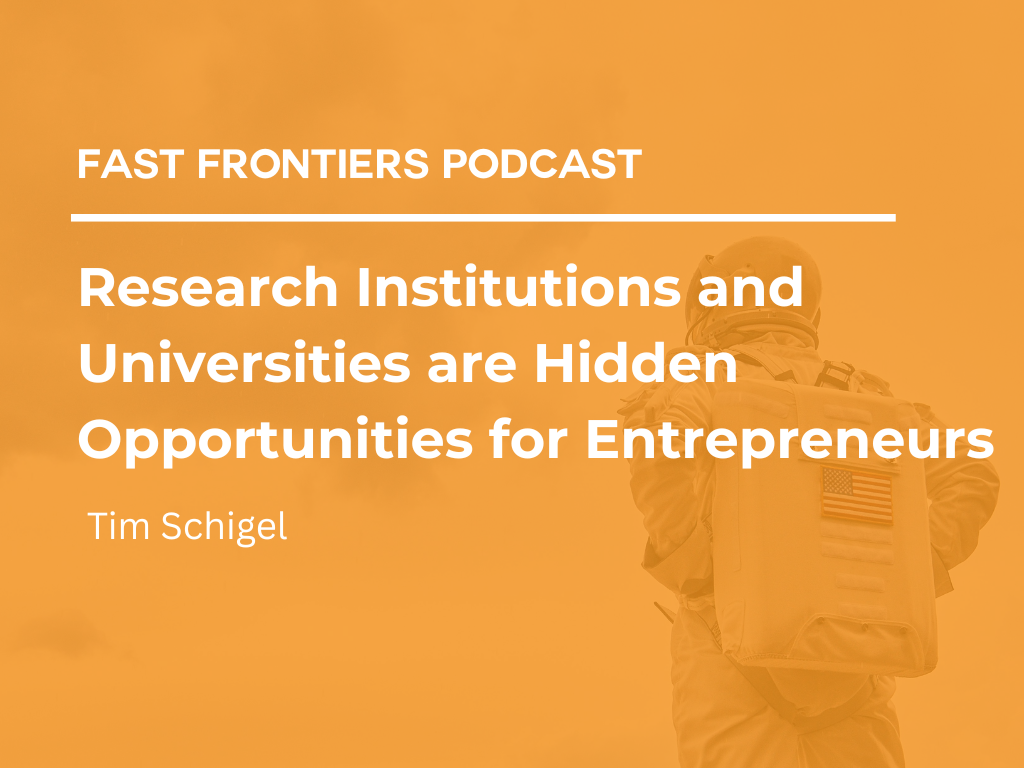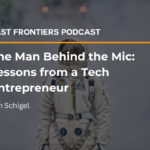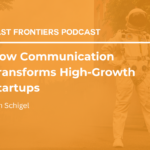One of the most memorable scenes in cinema is taken from the movie Jerry Maguire, when the actor Cuba Gooding Jr. demands of Tom Cruise (who plays his sports agent), “Show me the money!” It’s stuck with us not just because it’s funny, but because the premise of it is something we can all relate to. Everyone is interested in that bottom line, and we always want it to show more money, profit, etc.
And similar to the sports world, entrepreneurs and VCs are equally invested (literally) in that famous bottom line. They are constantly secretly looking—and hoping—to stumble across that magic solution that will make them profitable—and by “profitable,” we mean fully commercialized and making money from their business.
However, finding that sort of elusive solution is far easier said than done. The hard truth is that it won’t be stumbled upon nine times out of ten. Instead, it will more likely be found in a concept that has been well thought out, tested, improved on, and is ready to go to market. And that’s a lot to accomplish! So, where does that leave us?
According to the experts, it means doing the necessary legwork versus sitting around and wishing this “magical solution” will fall in our entrepreneurial laps. To be true entrepreneurs, we have to work for it and get out there and make things happen.
Specifically, it’s up to the start-up to come up with a brilliant idea. But that’s just the beginning. Taking things to the next level is where hard work and persistence come in. Entrepreneurs often lose momentum at this stage because they are overly invested personally and have too much of their sweat equity and capital tied up in their business to see the big picture.
If you’re currently struggling in a similar situation, get ready to open your mind to a new concept and revenue avenue that might not have even reached your radar yet. Many entrepreneurs probably don’t realize the untapped resources that are available to them via universities and research institutions in America.
During this past season of Refinery, guest experts Elaine Bryant, who is the Executive VicePresident for Aerospace and Defense at the Dayton Development Coalition, and Adam Sharkawy, who is Co-founder and Managing Partner of Material Impact Venture Fund, discussed this very topic—how entrepreneurs can use universities and research institutions to find and increase their Intellectual Property (IP) and commercialization potential.
Doing the Legwork
Adam Sharkawy opened our eyes to the near-endless opportunities that can arise from pulling tech and IP out of corporate innovations and start-ups. It was an exciting discussion to listen to, but also sobering, since Adam explained that while the outcome of such an endeavor—when done well—is a wild success, it’s certainly no easy feat—and not for the faint of heart.
Adam has a history of, in his own words, trying “to energize the innovation process through non-linear thinking,” and luckily for us, we get to reap the rewards of all of the hard-won insights he has gained through this approach. One incredible, definitely out-of-the-box, and non-linear thought? Adam realized how universities and research institutions are a relatively untapped resource that can do a lot of the legwork for you.
It almost sounds too good to be true, right? Adam assures us it’s not, though, saying, “If you were to ask, what are some of the biggest sources of deep-tech innovations, and where do we as Material Impact try to focus a lot of our time and attention to? It’s in university and academic institutions.”
Adam then went on to explain that there are several reasons for adopting this strategy, before sharing his top one. “First of all, there are some great technologies that can get de-risked with a lot of non-dilutive funding and over years and years of development through multiple generations of PhD students and postdocs, but in a way where they really are advanced. It’s not like a science project. These are technologies that are being motivated, not by just blue-sky research, but rather by some major problems that I think are becoming relevant. And we’re seeing a lot of this, by the way…more objective-oriented and mission-oriented research. So that’s one piece.”
For good measure, Adam also added the encouraging fact that “[These universities] have a lot of entrepreneurs that know how to raise money that walk the halls and know the grad students and how to pull stuff out and commercialize it.”
In a nutshell, this untapped potential from universities and research institutions has thus far been pretty much a major secret from an innovation standpoint when entrepreneurs are looking to commercialize. But the secret is coming out, and just as the holiday season is rolling around, people in the VC world are also doing some major window-shopping.
Why It’s Smart to Partner with Research Facilities
Our discussion with Adam about how universities and research institutions can become allies for profit also included Elaine Bryant, who used her rare insights into the operations of the US Air Force department of research to reveal how such facilities can help us take our entrepreneurial endeavors to the next level.
If you’re wondering what exactly the US Air Force department of research works on—and why—you’re not alone. In the podcast Elaine explained things more in-depth after briefly talking about how her role fits into the grand scheme of things: “Here at the Dayton Development Coalition, I’m the Executive Vice-President for Aerospace and Defense, and as I mentioned, a 20-year Air Force veteran. It’s super exciting because my focus area is on the military side, the defense applications, and all the work being done specifically at WrightPatterson Air Force Base, home of the Life Cycle Management Center and the Air Force Research Lab, and many other organizations.”
Part of Elaine’s role is to help industries, companies, and partners outside of Wright-Patterson Air Force Base, across the country and around the world. These industry partners “actually help to accomplish the mission that is being directed by the Department of Defense,” she says.
According to Elaine, most people don’t realize the extent of investment into ideas and technology that stem from research facilities like hers. Ultimately, it’s for a symbiotic reason, since developing government ideas and tech can not only give an entrepreneur a head start, but it also keeps the country autonomous. This process produces value and keeps us all safe from problems outside our borders, such as preventing potentially harmful supply chain issues and shortages.
Elaine has strong views on all things manufacturing. During the podcast, she said, “Let’s work on manufacturing techniques to keep the cost of manufacturing down, so instead of shipping all these technologies to be manufactured overseas or in China, let’s keep that manufacturing here on our home base so that we don’t experience some of the things we saw over the past year with the coronavirus, like the production of PPE and different things that we needed. A lot of those things were being done offshore.”
After explaining how “reshoring is definitely important,” Elaine reiterates that, “We want to keep it here. We don’t want it to leave the shore, to begin with. And so that is very critical to the Department of Defense and the Air Force Research Lab.”
Elaine then provided one specific example of how some of that technology could be utilized outside of the DoD: “Say you have a company who’s going to transition a technology, and it is just military use. That starts to limit that company’s ability for profitability if, for some reason, the Air Force decides they no longer want that platform or a new technology comes along and maybe they haven’t been doing their R&D there. So by the labs and the Air Force looking at the dual-use, the commercialization piece, you’re allowing companies to be more viable, to have multiple sets of customers, and not just be reliant on the Department of Defense for their work.” She also added that “It also brings down the cost to the Department of Defense, so, of course, that’s in their interest, as well.”
Sounds promising, right? But just as with Adam’s insights, taking this route also requires an incredible amount of forethought and legwork.
How to Leverage Research Into IP and Commercialization
Corporations typically have the opposite situation compared to an entrepreneur—they develop a lot of IP and have a lot of external resources, whereas the entrepreneur has a lot of “skin in the game.” Being able to look at the ideas offered by research firms can put entrepreneurs a step ahead of the pack.
However, one pitfall that plagues the majority of entrepreneurs is that they struggle to make the time to do this. In the case of partnering with the DOD or the Air Force, start-ups need to show they are capable of production. In this case, if the entrepreneur can fundraise, they can save that crucial time needed to commercialize an idea.
Why? Because if the start-up can convince the federal buyers that they can scale by showing they have partnerships and the capabilities to help them in that area, they are as good as gold, especially when those big-government bidding wars for contracts arise.
So if you want to get ahead, take the advice and discoveries made by Elaine and Adam. That means doing the required legwork, partnering with the right people, and looking at how best to leverage research so you can show yourself—and your investors—the money.



